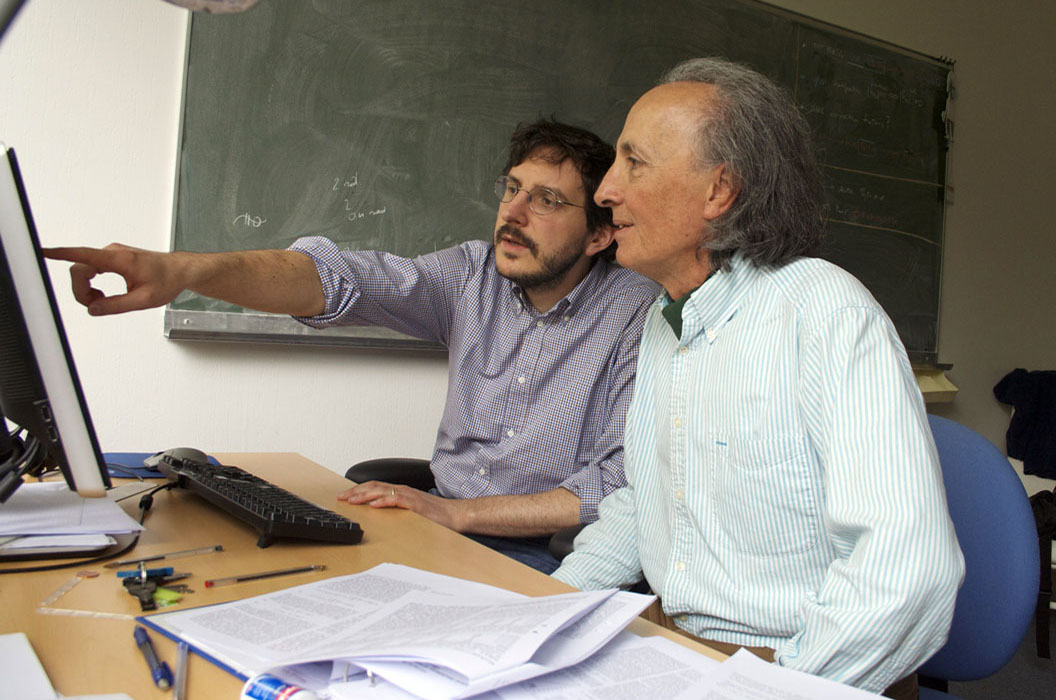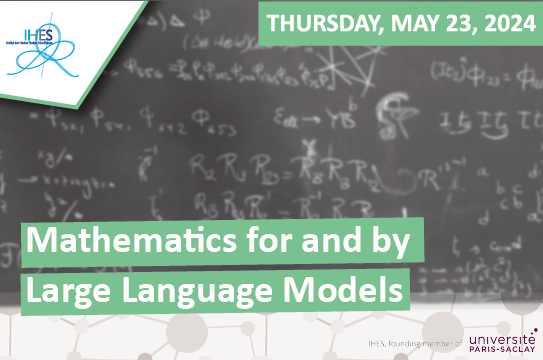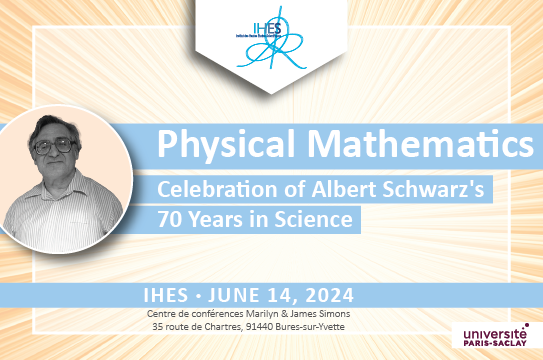 IHES
IHES
Gravitational waves from binary neutron stars detected
Press release – 17 October 2017
The observation of gravitational waves from binary neutron stars opens the way to new science.
IHES congratulates the LIGO/Virgo project team which announced, on October 16th, the first observation of a gravitational wave signal from the merging of a system of two neutron stars. The detection was jointly made on August 17th by the two LIGO interferometers, located in the US, and by Virgo, a third Franco-Italian interferometer that joined the network on August 1st. This was the strongest, closest and most precisely localized gravitational wave signal detected so far and it was accompanied by electromagnetic signals in all wavelengths. It is the first time that such an event is seen both in gravitational and electromagnetic waves, thus marking the start of multi-messenger astronomy.
A gravitational wave signal from Binary Neutron Stars
Five gravitational wave signals were observed since September 2015. Four of them originated from the coalescence of Binary Black Holes. The LIGO-Virgo network has now observed the gravitational signal generated by binary neutron stars, as they spiraled together before colliding. Neutron stars are small but extremely dense objects, essentially constituted of neutrons. The ~100s long gravitational wave signal allowed for the measurements of the masses, thereby establishing the nature of the two colliding objects. Two seconds after the end of the gravitational wave signal a gamma-rays burst, lasting only a few seconds, was observed. This prompt electromagnetic emission was followed, 11 hours later, by an optical signal of the kilonova type. It is the first time that such a multi-messenger observation is made.
Many relevant theoretical results obtained at IHES
IHES is particularly pleased to note that some of the theoretical research started or undertaken here contributed to the discovery made by the LIGO/Virgo team. On the one hand, the development of the Multipolar Post-Minkowskian Method (L. Blanchet, T. Damour, B. R. Iyer) has led to the analytical description of the gravitational wave signal during the inspiral phase, which was used to extract physical parameters from the noisy raw data. On the other hand, the Effective One Body (EOB) method (A. Buonanno, T. Damour, 2000) was extended to account for the effect of the tidal deformability of the two neutron stars, which becomes increasingly important as the two objects get closer (T. Damour, A. Nagar 2009; S. Bernuzzi, A. Nagar, T. Dietrich, T. Damour, 2015). This tidal extension of the EOB model might allow, in the near future, to extract precise quantitative information about the equation of state of nuclear matter (T. Damour, A. Nagar, L. Villain, 2012).
IHES particularly congratulates Alessandro Nagar (Raymond And Beverly Sackler Visiting Chair at IHES), now a member of the Virgo collaboration, for being one of the authors of the discovery paper (PRL 119, 16 October 2017).



